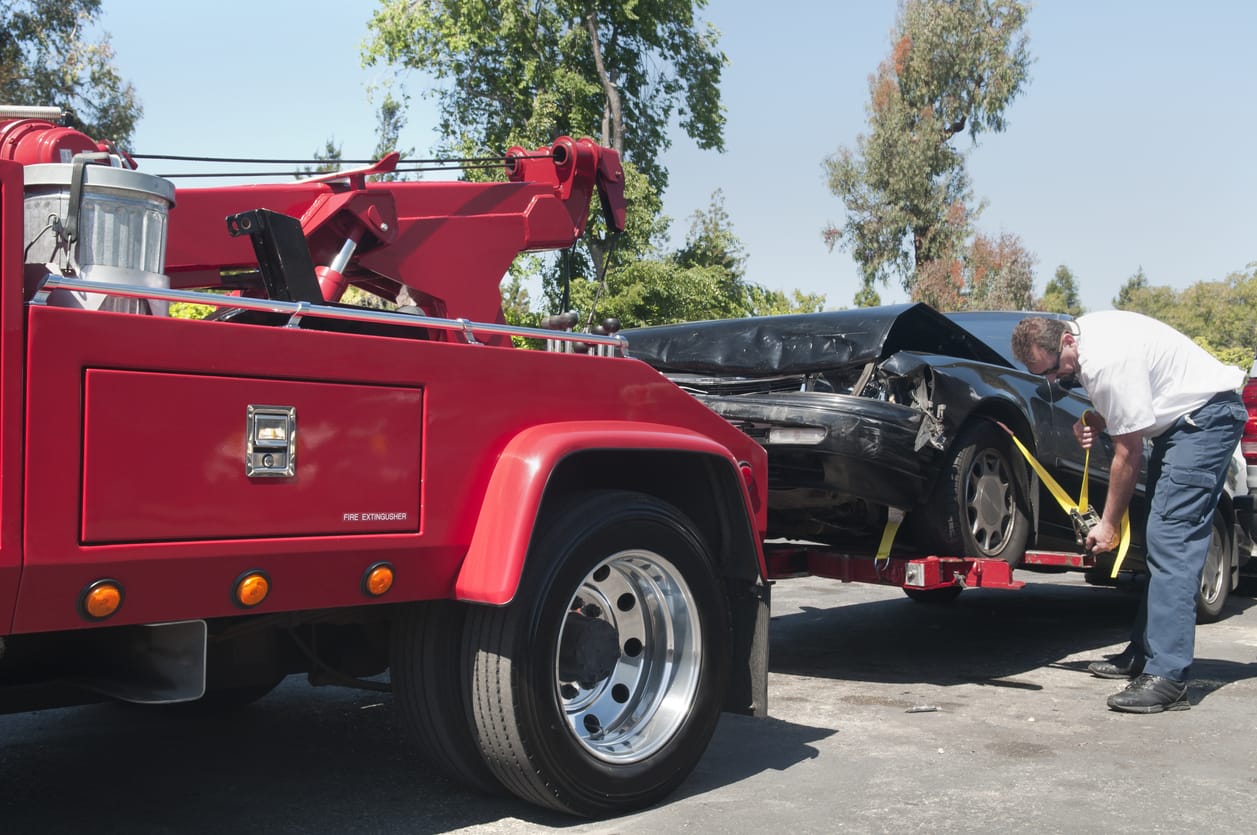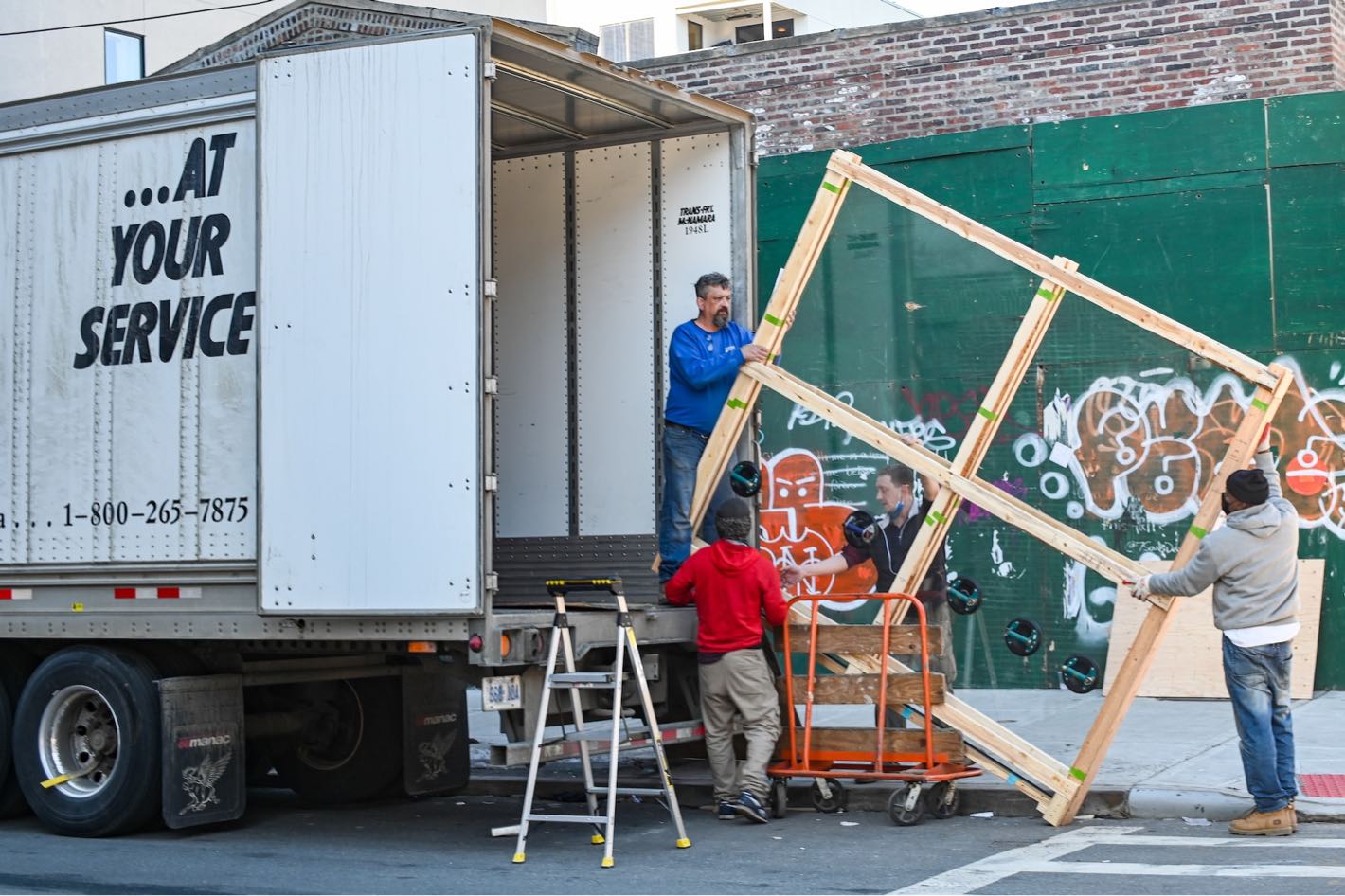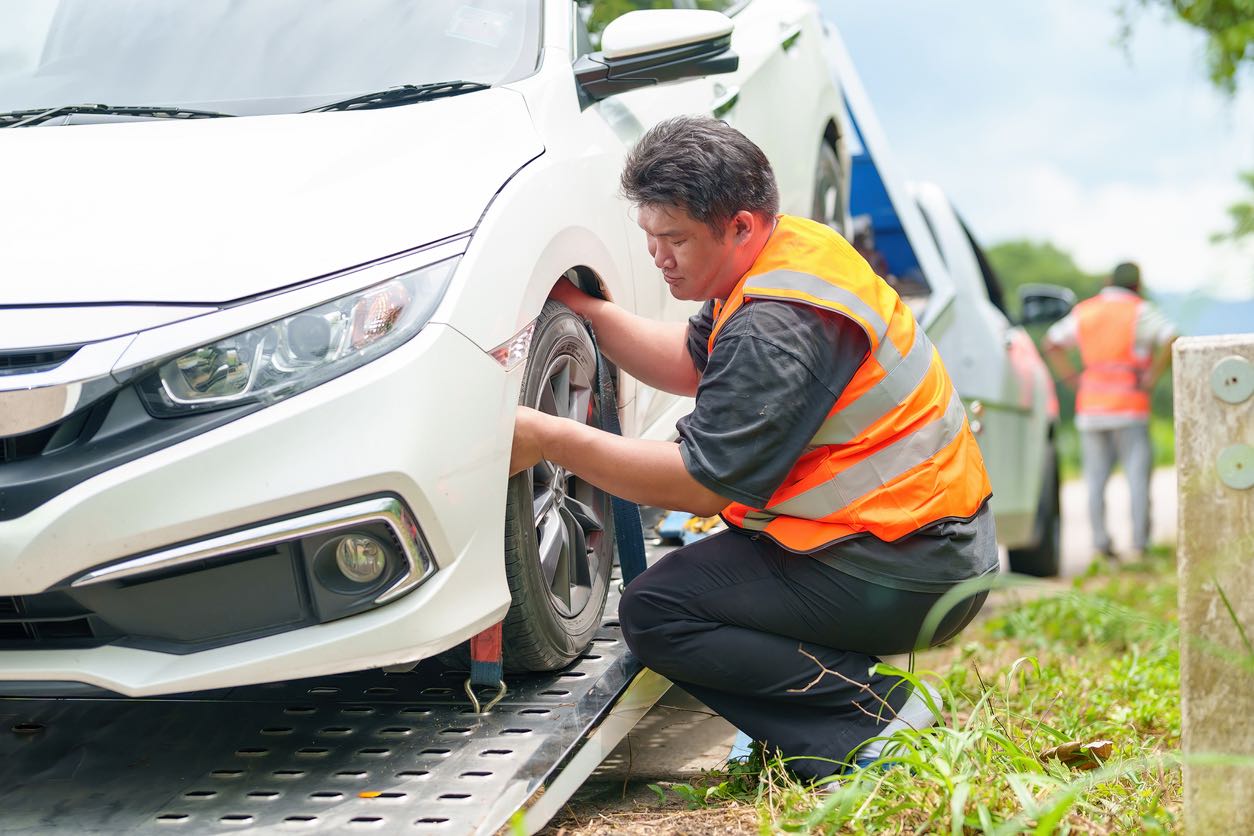All You Need to Know About In-Op Vehicles and How to Ship a Car that Does Not Run
In-op vehicles cannot be driven under their power and are transported on a flatbed truck or trailer. This blog post will describe the best ways to ship an in-op car safely.
The cost of shipping an inoperative vehicle will depend on a few factors, such as the make and model of the car, the distance it needs to be transported, and whether it will be shipped on a flatbed truck or trailer. Generally, shipping an inoperative vehicle is more expensive than shipping a running car because it requires special equipment and handling.
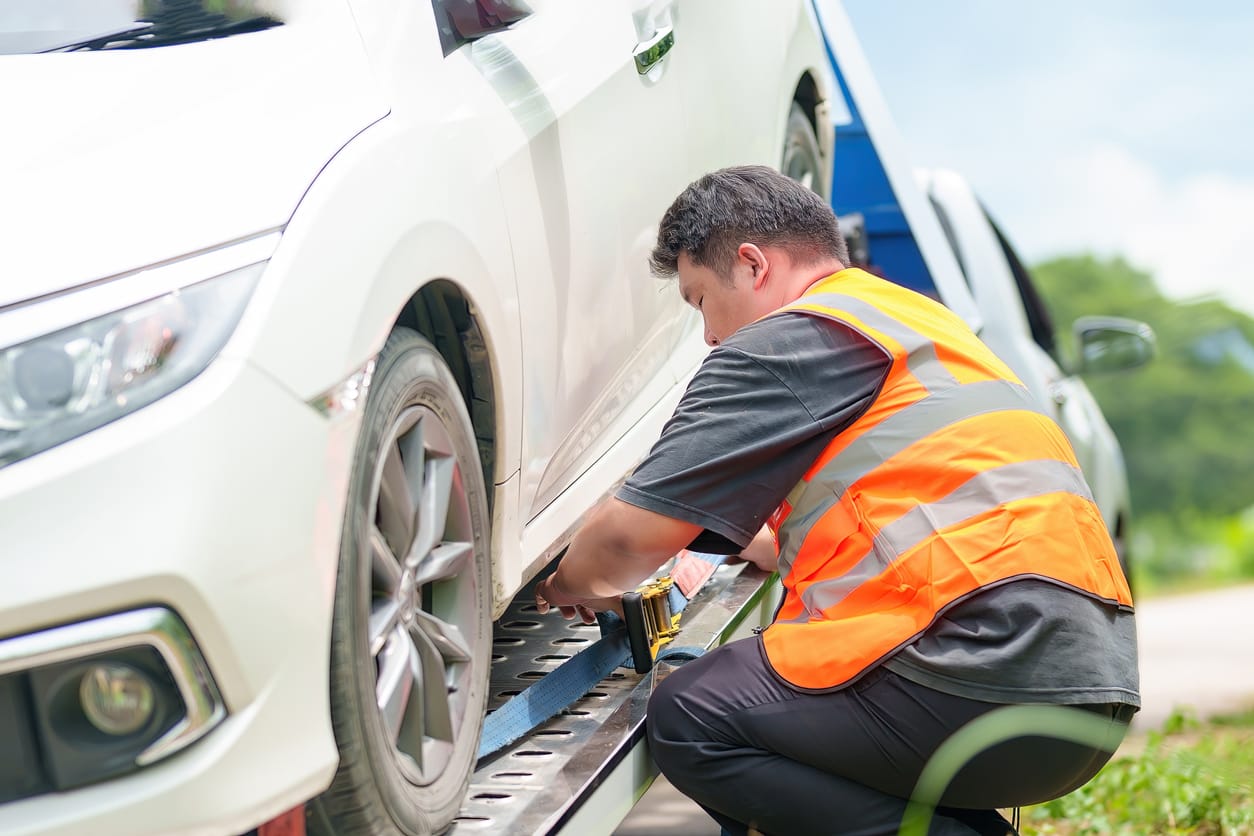
When shipping an inoperative vehicle, choosing a reputable and experienced auto transport company is crucial. You’ll want to make sure you acquire quotes from multiple companies to compare differences in price and services. Once you’ve chosen a company, they will provide instructions on preparing your car for transport.
Before the in-op vehicle is transported, you’ll need to decide where to move the car. The options include a storage facility, an auto repair shop, or your own home for example. If you’re unsure where to have the vehicle transported, we recommend talking to your auto transport company for advice.
Once you know where to transport the in-op vehicle, it’s time to find a reputable, experienced auto transport company. Many companies specialize in inoperative shipping vehicles, so take your time to research your options. Read all online reviews and compare rates before making a decision.
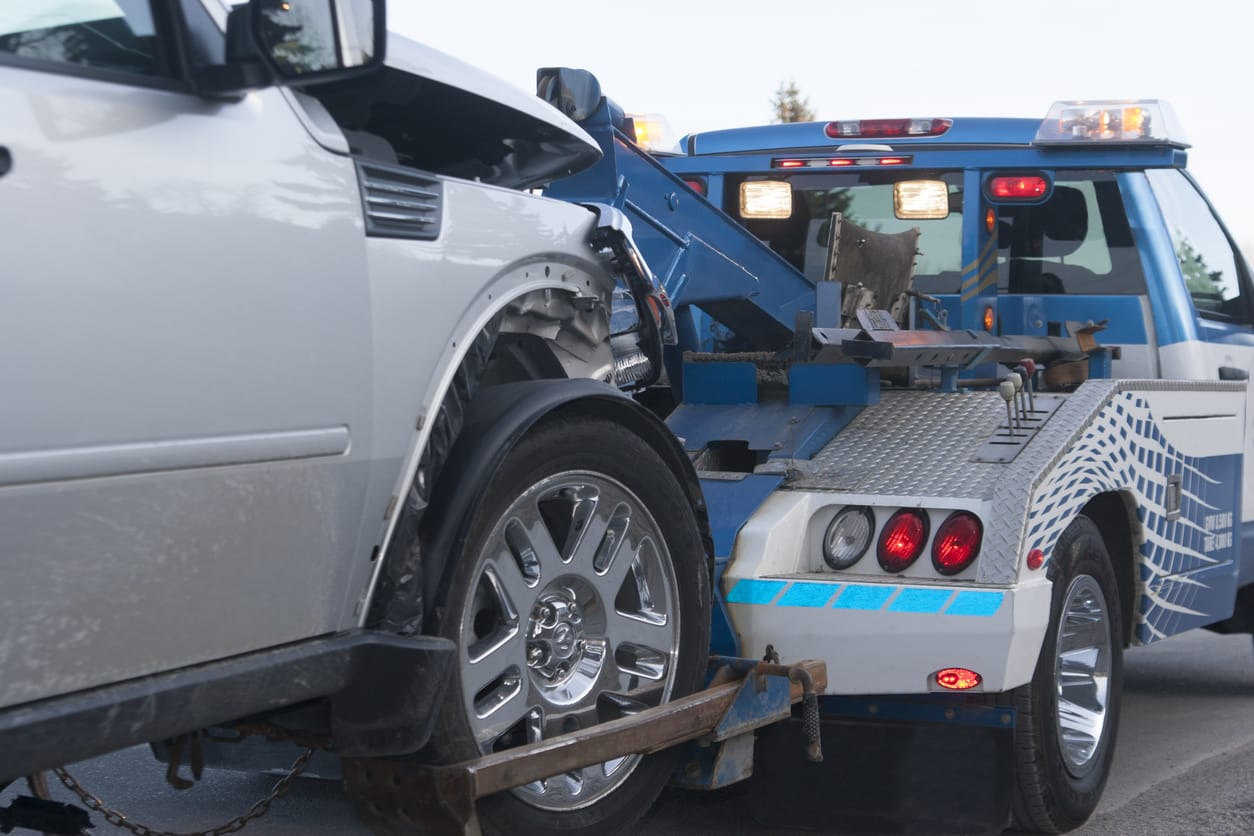
Once you’ve found the right company, booking your shipment as soon as possible is essential. You will need to verify that there is plenty of space on the truck or trailer and that the car can be transported on your desired date.
Be sure to inform the shipping company of the condition of your in-op vehicle. This includes any damage sustained and any special instructions that need to be followed during transport. For example, if your car has a loose battery, you’ll need to tell the company so they can take precautions to prevent it from moving around during transport.
When shipping an inoperative vehicle, you have two main options: flatbed truck or trailer.
- Flatbed Truck: A flatbed truck is a specialized truck with a large, flat surface area for loading and transporting cars. Flatbed trucks are the best option for shipping in-op vehicles because they provide a safe and secure way to transport the car.
- Trailer: Trailers are another option for shipping inoperative vehicles. However, they are not as common as flatbed trucks, and this is because trailers can be more challenging to load and unload and are not as stable as flatbed trucks. If you ship your in-op vehicle on a trailer, choose a reputable company with experience in shipping trailers.
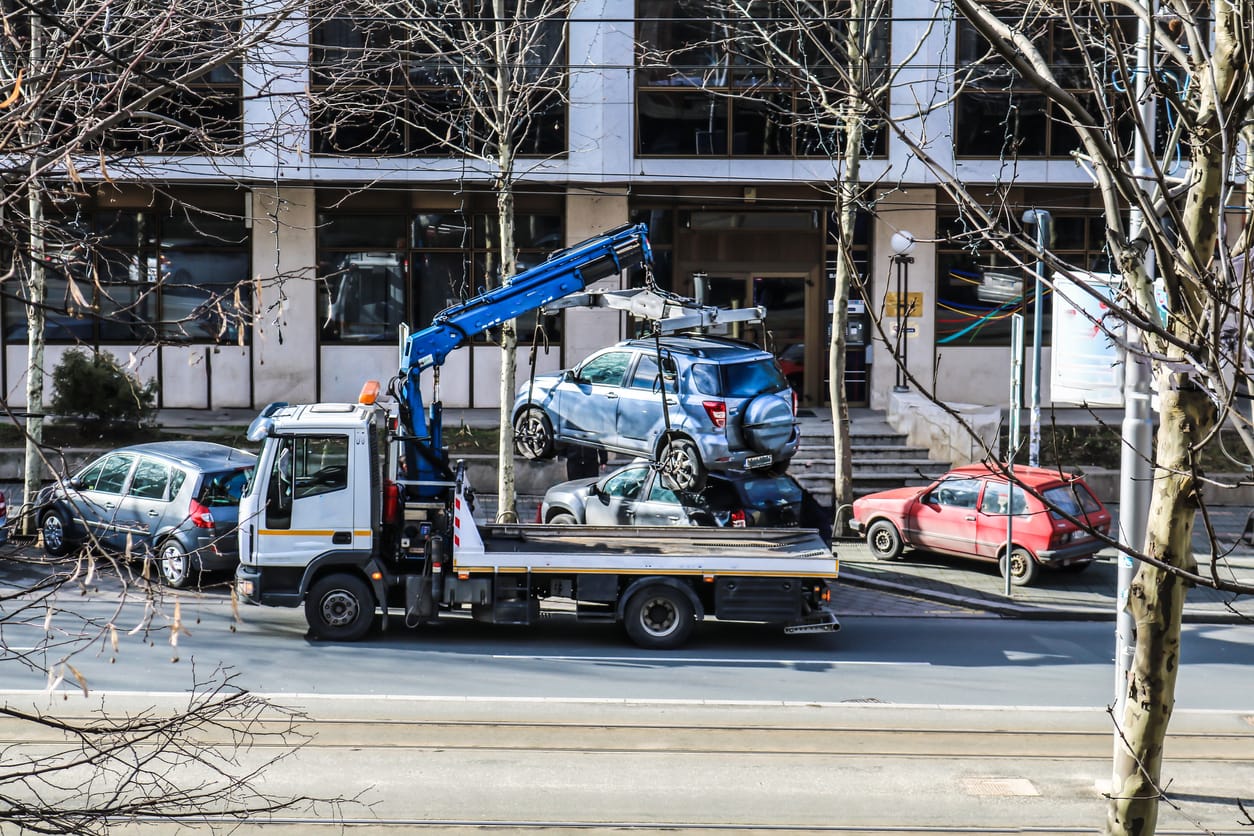
Once you’ve chosen your shipping method, it’s time to prepare your vehicle for transport. This includes ensuring that all loose items are removed from the car and that the battery is secure. You should also clean the vehicle so the driver can quickly inspect it for damages.
Before shipping your in-op vehicle, check the regulations in your state or country. Some states have restrictions on inoperative shipping vehicles, so it’s essential to know the laws before booking your shipment.
Once you’ve chosen your shipping company and prepared your vehicle for transport, it’s time to complete the paperwork. This includes a Bill of Lading, a legal document that outlines the terms of the shipment. Be sure to read over the Bill of Lading carefully before signing it.
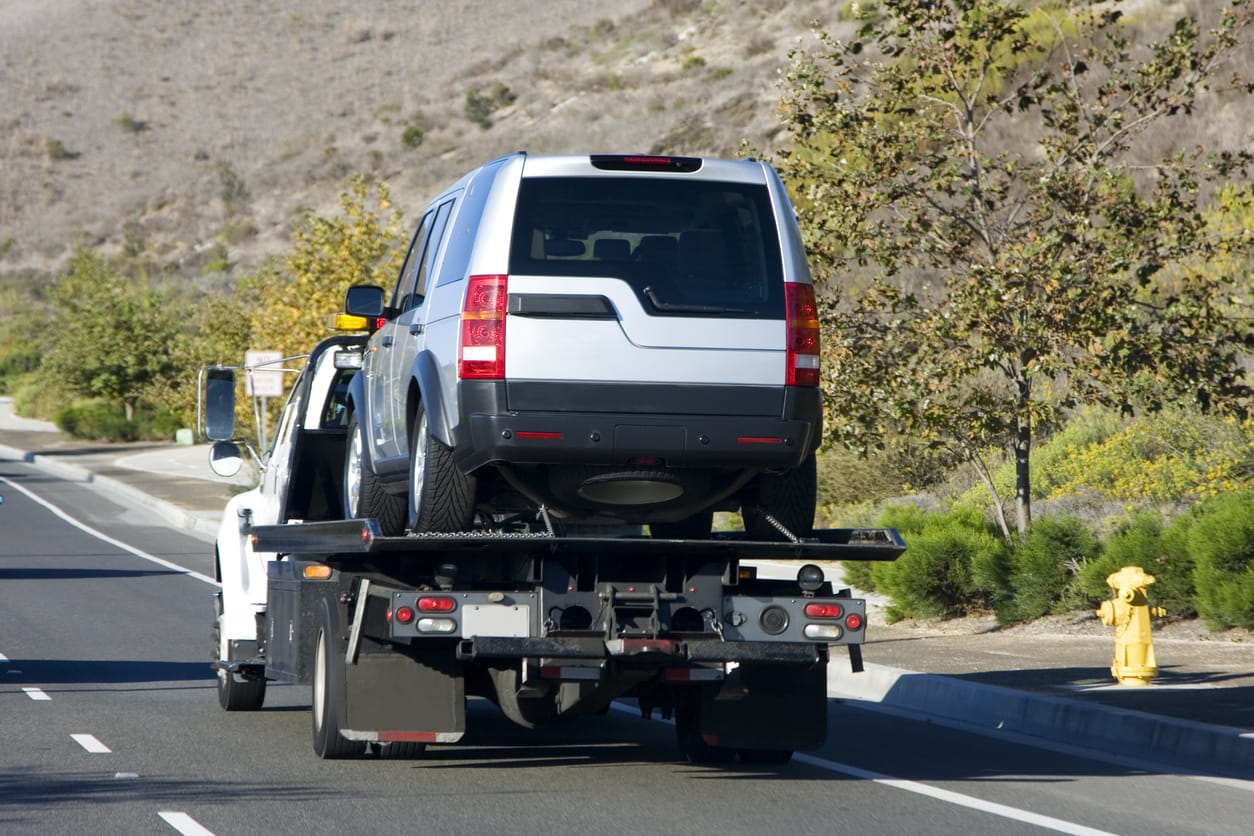
You will receive a call from your transport company soon to let you know when they can come to get the vehicle. When it’s time, make sure there are clear photos of any parts or accessories that might need removal before shipping out and have all of the required documents with you. The shipping company will inspect your car and load it onto the truck or trailer.
When the car arrives at the delivery location, inspect it for any damage. If you notice any damage, take photos and contact the shipping company immediately.
And that’s it! You’ve learned everything you need to know about shipping an inoperative vehicle and follow these steps carefully to ensure a safe and successful shipment.
Shipping an inoperative or non-running car can be an intimidating task, but with proper planning and preparation, it can be done safely and efficiently. The best way to protect your investment is with the help of a professional team. Let us take good care of every aspect, from shipping, handling, and delivery! Trust our years in this industry for smooth transactions – we are experts at what we do. Call Ship A Car today at (866) 821-4555 to get a quote to get your in-op car shipped with a reputable company!
